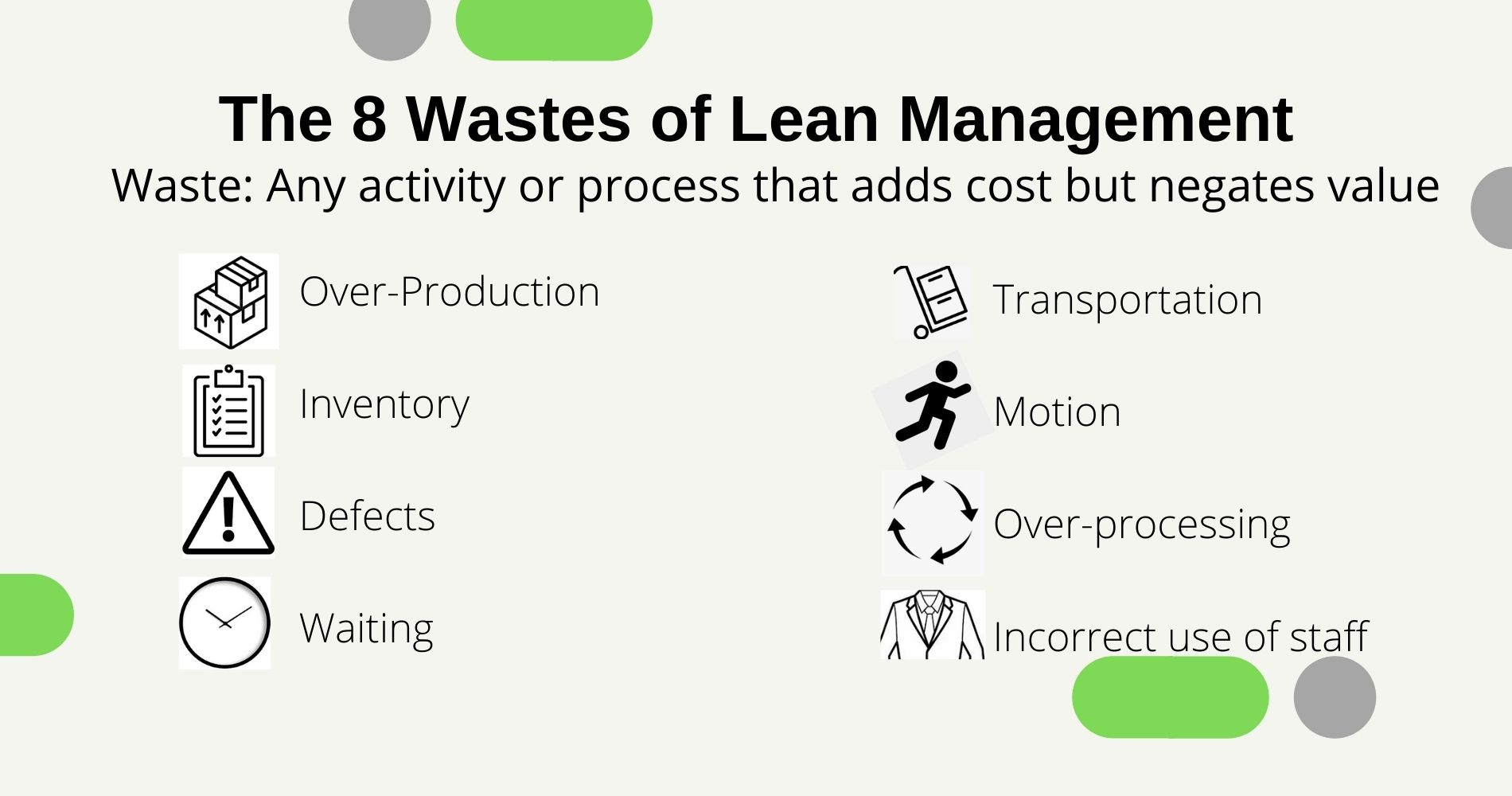Confused? Don’t be! The title simply means ‘Don’t fix the same problem over and over, identify and eliminate the root cause’.
This month we’re finding out from Guy Wyn-Jones how to stop making the same mistakes… Take it away Guy!
Although I’m not normally one for motivational posters or buzz-words, I think the following quote also offers a good approach to manufacturing. It comes from 19th Century writer Mark Twain. His advice is thus:
“Continuous Improvement is better than delayed perfection”.
Sound familiar? It should, as the phrase ‘Continuous Improvement’ should be embedded into your work ethos and processes. If your business doesn’t already embrace this in its approach, then progress will most likely be stunted.
Can you learn from someone else’s mistakes?
Having worked within the aviation and aerospace sector for 30 years, you would expect that, in such a forward-thinking and customer-centric industry, I would have witnessed continuous improvement every day. Not so. This industry was, for a time, a little slow to learn. This fact has been borne out through the stark reality of numerous disasters that might have been avoided with a little application of the ethos of this paper.
If you’re not convinced, and to understand further, watch any episode of ‘Air Crash Investigation’ on the National Geographic Channel and you’ll see that most accidents were avoidable, had one or more earlier warnings been acted upon. That’s not to say that this industry is not safe – it is, and extremely so – but there have been occasions on which something was overlooked, worked-around or blatantly ignored, with the result being both horrific and tragic.
But what about everyday manufacturing?
This brings me on to everyday manufacturing. Of course, most businesses manufacturing or producing items for sale to industry or the general public don’t have the burden of the potential loss of life if processes are not followed. However, as has happened in aviation, the net result of an airline disaster has not only been a potentially avoidable tragedy but ultimately also the end of the airline itself.
So, the importance of continuous improvement in processes and employees’ abilities and application, along with identifying and dealing with wasteful activity, procedures and practices, should be high on the list of ‘things to do’ for any company. It is the ability to deal with these aspects of manufacturing orYUp production that will help you stand above the crowd, or prevent you from being trampled under-foot.
Let’s address a couple of these things. The most obvious is the ‘LEAN’ approach to manufacturing. This will (or should) be recognised by any individual reading this who works at any level within the manufacturing industry. You should already know some version of this:

Although the above is a simple representation of the areas you should concentrate on, I won’t go into detail regarding the application of this or any other accepted methods of improving production techniques as these have all been widely mooted and applied. I would say, though, ignore them at your peril and, if not already part of your everyday procedures, take the time to improve your personal level of understanding of them. This will serve you well in the future as they are not going away any time soon!
As another quick example, everyone knows the 5S methodology but, as these methods are often perceived as being ‘thrust upon’ the workforce, how many of us know that 5S actually originates from Japanese phrases created to enable ‘Just In Time’ manufacturing? Phrases which, when translated into Roman Script, give us the following:
Seiri, seiton, seiso, seiketsu, shitsuke (look this up for authenticity of the westernised version).
Some also claim that Henry Ford had a form of this back in the early 20th Century… he called it ‘CANDO’ and it could be perceived as being the basis for the modern-day 5S approach.
Manufacturing processes are, by nature, multi-facetted, requiring input from numerous people. This, in reality, means that everyone must be on the same page. For instance, there is no use in the beginning or completing a production run if the part has been superseded. Once a design has been amended or updated, it is vital that there is methodology in place to ensure that this is passed on to all concerned so that the latest, most up-to-date iteration of a product is the one going into production.
Nor should we discount the necessity of materials procurement, final assembly or inventory control, all of which play vital roles and need the personal touch of different individuals. These individuals all bring their own knowledge and experience to the process, and it’s important not to ignore this experience regarding working towards continuous improvement.
Supply chains are important too!
The supply chain is a vital element of the manufacturing process. The importance of firstly identifying, through accurately governed bills of material, then purchasing the materials required to actually make an item, cannot be overstated. A good procurement team will lend itself to good working practice and will help to avoid unnecessary delays in products being delivered into the business. Marry this with a strategic buying policy, and time and money wastage can both be kept to a minimum.
Once inventory is received, there is a need to manage and control it. Without a robust inventory and warehouse management policy, the whole manufacturing process can be brought to its knees. Costings, stock availability and the subsequent issue of materials to manufacturing orders in a controlled and timely manner must all be considered. To neglect these aspects would be irresponsible and costly, both in financial and good working practice terms.
A solid knowledge of how the sub-parts of a final product physically go together is something that will need to exist within a business. A design team can conceive a product, but without the buy-in and application of the production team as to how to build it for sale, a product will simply be represented by a collection of parts.
This process itself would then need to be governed by quality assurance. There is a lot of content available for this element of manufacturing, and any company wishing to begin as a manufacturing body should put this at the top of their list before considering anything else as, without this at the core of what they do, they will not survive for long.
Don’t let things fester
Finally, relating back to the start of this paper, the need for a business to address issues at the core and avoid skirting around them – for whatever reason this may be – is paramount. Issues left to fester will become major problems before long and as highlighted, avoidable issues can be quashed before they have an effect, if tackled at source.
Along with tackling problems comes the need for change. Change is inevitable, and firstly acknowledging that it is required, and then acting upon this requirement can often be ignored. The current situation or way of doing things can be ‘the norm’ – whether they represent good working practices or not – and so things can be left as-is to avoid change.
Change should be embraced and acted upon without prejudice. To enable this to be the case, the use of change control should be considered. Control measures such as non-conformance reporting are often taken as an attack on an individual’s ability or way of working. In order to embrace change, we all need to accept that nothing is ever perfect and that change, and indeed continuous improvement, can only be achieved through accepting that this is the reality. This type of change control should be implemented with a view to identifying issues around working practice, procedures and processes, and not necessarily the individual involved in the activities. (Unless of course, they are flagrantly ignoring procedure, which is a different issue).
Continuous Improvement should be exactly that – continuous. This can only be achieved through identifying issues and problems, seeking solutions to these, and implementing them through accepting and acknowledging that they are necessary.
Identify the issue. Seek the solution. Implement the change.
Don’t just ‘water the weeds’, deal with the problem.

